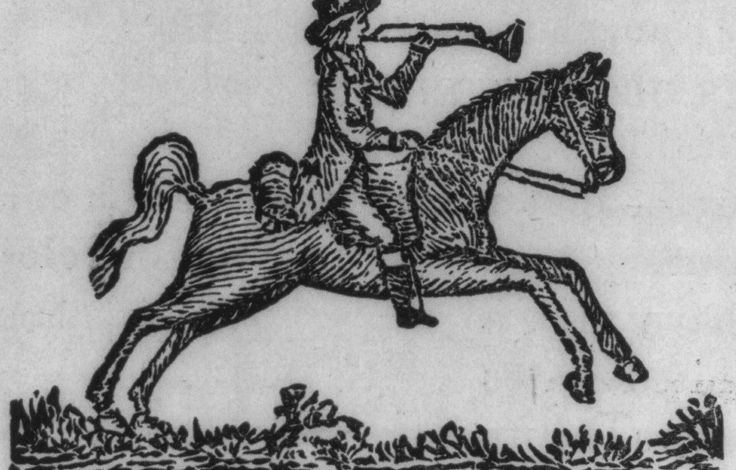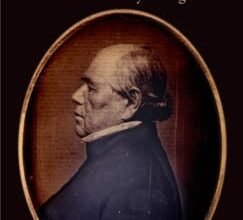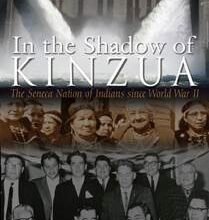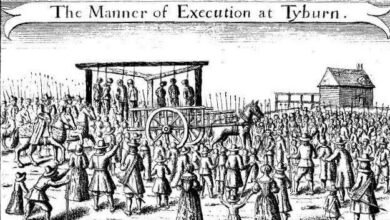The Establishment of Postal Service in New York


 What follows is excerpted from “The New York Post Office in Olden Times, by W.B.,Taylor, a paper read before the New York Historical Society on October 7, 1851.
What follows is excerpted from “The New York Post Office in Olden Times, by W.B.,Taylor, a paper read before the New York Historical Society on October 7, 1851.
The first regulation providing for the transmission of letters by post in the Province of New York, bears [the] date 10 December, 1672, when Governor [Francis] Lovelace [ca. 1621-1675] established “a post to go monthly” from New York to Boston and back again.
This regulation purported to be in obedience to his Majesty’s [King Charles II] commands, “who enjoynes all his subjects, in their distinct colonies, to enter into a strict allyance and correspondency with each other, as likewise for the Advancement of Negotiation, Trade, and Civil Commerce, and for the speedy intelligence and Dispatch of affayres.”
It gave notice that a messenger should start on 1st January, 1672-3:
“If any, therefore, have any small letters or portable goods, to bee conveyed to Hartford, Connecticut, Boston, or other parts on the road, they shall be carefully delivered according to the directions by a sworne Messenger and Post, who is purposely employed in that affayre.
“In the interim, those that bee disposed to send letters, lett them bring them to the Secretary’s office, where, in a lockt Box, they shall be preserv’d till the Messenger calls for them. All persons paying the Post before the bag bee sealed up.”

 In various patents granted subsequently for lands along this route, a condition was inserted, obliging the patentees to ferry the postman over gratis. Matters continued in this position until [Royal Governor Thomas] Dongan‘s arrival [in 1683], when he recommended setting up post houses along the coast, from Carolina to Nova Scotia.
In various patents granted subsequently for lands along this route, a condition was inserted, obliging the patentees to ferry the postman over gratis. Matters continued in this position until [Royal Governor Thomas] Dongan‘s arrival [in 1683], when he recommended setting up post houses along the coast, from Carolina to Nova Scotia.
He was authorized to farm the privilege to any undertaker for three or five years, the profits from all the post offices within his Majesties dominions, whether foreign plantations or in Europe, being claimed by the Duke of York.
Accordingly, an order in Council was passed on the 2d March, 1684-5, establishing a post office “for the better correspondence between the Colonies of America.”
The rates for riding post were fixed at 3d. per mile; the postage on every single letter not above 100 miles was to be 3d., if more proportionally.
In 1686, 14 September, an order was made for the delivery of ship letter[s] in these words:
“That no letters he delivered in any place whatsoever except the Custom House of this City; paying for every packett or double letter nine pence, for every single letter four pence half-penny; the one moyety [one half] of which moneys shall be given to such poor as shall be nominated by the Capt. General and Council, the other half to the officer of the Custom House, which is to continue until further order.”
In January, 1691-2, letters patent were issued under the great seal, granting unto ‘Thomas Neal, his executors and assigns, authority to erect post offices in America for the period of twenty-one years. He appointed Colonel Andrew Hamilton, of New Jersey, Postmaster General for the colonies.

 [Andrew Hamilton was the colonial governor of East and West New Jersey from 1692 to 1697 and again from 1699 to 1703. He also served as Deputy Governor of the neighboring Province of Pennsylvania. He died in 1703.]
[Andrew Hamilton was the colonial governor of East and West New Jersey from 1692 to 1697 and again from 1699 to 1703. He also served as Deputy Governor of the neighboring Province of Pennsylvania. He died in 1703.]
In 1692 the latter brought the subject before the Council at New York, and the consequence was an act establishing a post office in that city. The rates established were: For every single letter to New York, 9d.; from Virginia to New York, 12d.; and for eighty miles and under, four pence halfpenny.
The charge was found, in the following year, to exceed the profits fourfold, and an aid of 50 pounds was voted, which was renewed in 1695.
The above act was renewed by the Legislature from time to time, yet for ten years after this the post from New York went eastward no further than Boston, and westward only to Philadelphia.
“There is no other post upon all this continent,” writes Lord Cornbury, in 1704.
“If I have any letters to send to Virginia or to Maryland, I must either send an express, who is often retarded for want of boats to cross those great rivers they must go over, or else for want of horses; or else I must send them by some passengers who are going thither.
“The least I have known any express take from hence to Virginia, has been three weeks. Coll. Nicholson and Coll. Seymour have wrote me word they will be here in September, and I do then intend to propose to them the settling of a Post to go through to Virginia.”
In 1710, Hamilton having sold his privilege to the Crown, the post office of Great Britain, Ireland, and America were placed under one direction, by the 9th [year] of Queen Anne [‘s rule].

 The department of America was put under a Deputy Post Master General, to which office Benjamin Franklin was appointed in 1753 [alongside William Hunter].
The department of America was put under a Deputy Post Master General, to which office Benjamin Franklin was appointed in 1753 [alongside William Hunter].
The books of the Department were then kept by Benjamin Franklin himself, and are still preserved among the archives of the department [of the U.S. Post Office], in his own hand writing, when the whole force of the department was the Postmaster General, at a salary of $1,000 per annum.
[On July 26, 1775 the Second Continental Congress created the United States Post Office in Philadelphia under Benjamin Franklin.]The present [in 1851] Postmaster General is assisted by nearly two hundred subordinates in the department, and nearly thirty thousand scattered throughout the country.
From all this it is plain that New York was the first colony in America that made legal provision for the transmission of letters by post.
Illustrations, from above: A collection of 17th century letters in Cornelis Norbertus Gysbrechts’ “Quodlibet,” 1675; Depiction of a colonial postal service post rider (National Postal Museum); Herman Moll’s 1729 map of the Northeast showing the Boston and Philadelphia post roads from New York (see a larger version here); and a detail from David Martin’s portrait of Benjamin Franklin, 1767.
Source link




